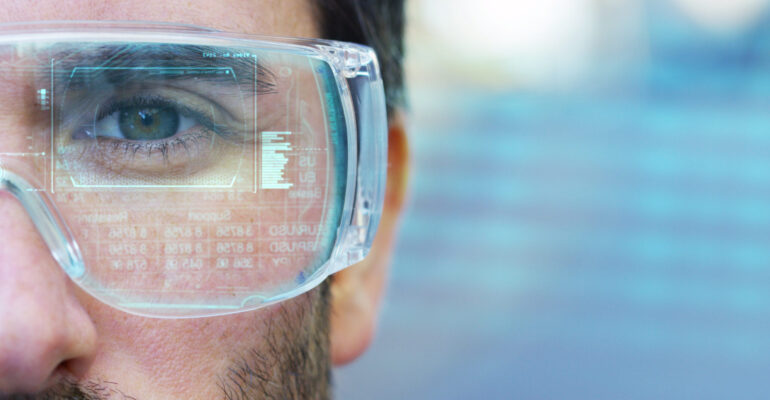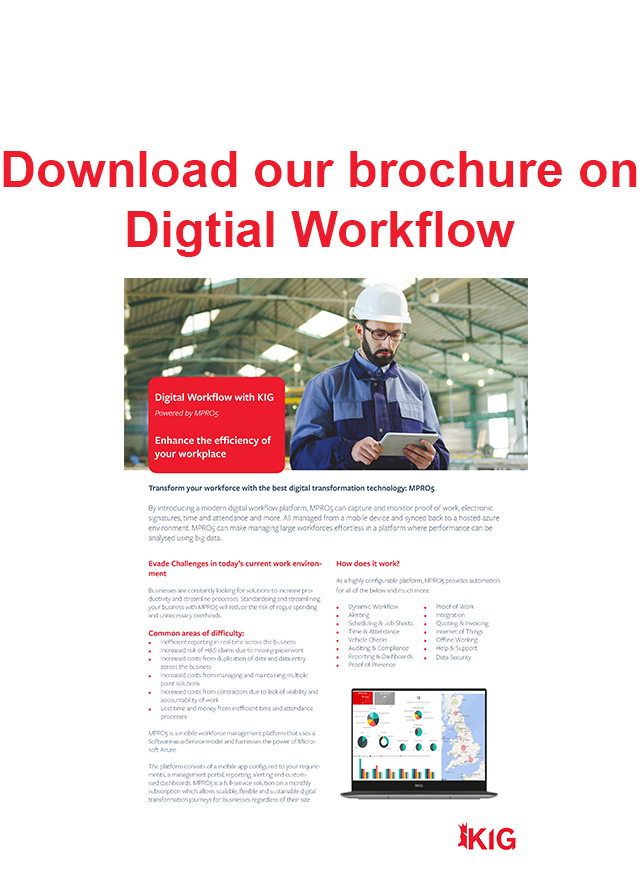Smart Glasses; Improving business functions through new eyes

Smart Glasses; Improving business functions through new eyes
Smart glasses is something that has been talked about as the next big technological innovation that is going to change how we work and use technology to help us in everyday life.
A technology with more than one purpose, this new technology has been developed and introduced to businesses as a tool to help enhance the performance of applications and enable hands-free communication through the internet. What was once information viewed on a screen of a device, a fixed material or 2D image can now be transformed and brought to life with the use of smart glasses. The purpose of this new technology can vary depending on what make and model of smart glasses you have.
The 5 major processes that are supported by Smart Glasses are:
- Document Navigation
- Data Visualization
- Digital Workflow
- Remote Mentor
- Visual Assist.
Complicated procedures can be assisted with smart glasses whether you require AI help or an expert who will not be in the field to help with the task in hand. The introduction of augmented reality into the workplace comes in many different forms in how they can help us with solutions.
Assisted reality – AR displays Information on one lens that augments how the users see what is in his focus, Similarly to how information can be found on a smartphone or tablet. This is then controlled from voice, touch pad or handheld.
Mixed Reality – More innovative then AR glasses, the glasses allow users to interact not only with the glasses itself but the environment that is surrounding the user. Commonly used to create holographic 3-D projects that can be augmented right in front of the user’s eyes.
Virtual Reality – Commonly used by video gamers, with a virtual reality headset it puts the user in a virtual environment which is simulated and controlled with a controller or hand movements. In a workplace, virtual reality can be used in training scenarios where it is hard to replicate hazardous work environments.
The introduction of smart glasses will be an expensive investment for some companies, but the potential value and improvements it could bring to the performance and effort that goes towards assessing and resolving issues in a hands-on workplace. It can provide information when working directly in the field which can help tasks such as inspections of equipment, maintenance and quality control.
Smart glasses can provide a better tool for communication between a field worker and a remote worker. Smart glasses make the scenario of streaming what the field worker is seeing a lot easier than if this was done on a smartphone or tablet, using smart glasses avoids using a hand which may be needed for the task being done. Giving workers the ability to work hands-free because of Smart Glasses can make the way they carry out tasks in a more efficient way that minimises stoppages to use other devices.
Augmented reality as like its very close counterpart artificial intelligence will become a fixed feature in business operations and general use to the public in years to come. At first, Smart Glasses were a concept looked at for general public use, but now there has been more of a focus on how they can be used for the business purpose, specifically in hands-on jobs or when working in the field. Speak to one of KIGs experts on how your business can benefit from Smart Glasses.
